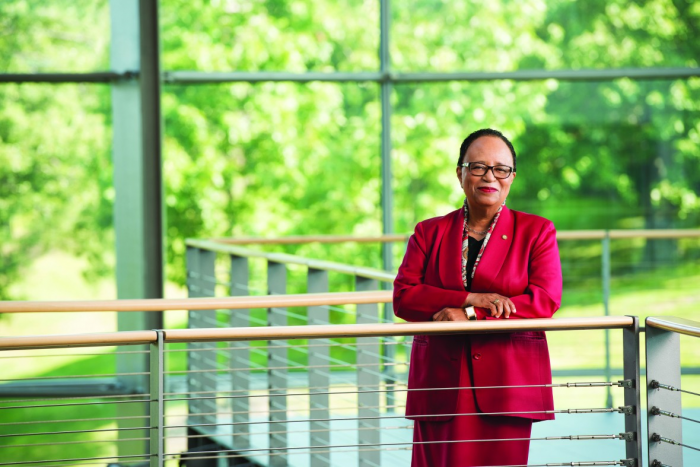NPR “Morning Edition,” December 20
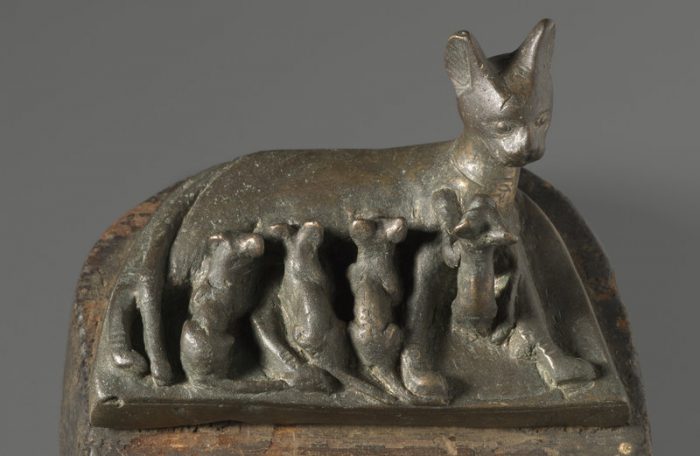
Bronze sculpture of a mother cat with four nursing kittens, circa 664-30 B.C. or later.
Brooklyn Museum/Charles Edwin Wilbour Fund
Independent, graceful, agile, adorable when they’re small — if cats are where it’s at for you, the Smithsonian’s Sackler Gallery of Asian Art has you covered. Their new exhibition is called Divine Felines, and it features images of cats both big and small from the land that honored them as holy: Egypt.
Ever feel fearful? Or brave? Protective? Aggressive? They had a cat for that in ancient Egypt. Though, says curator Antonietta Catanzariti, they didn’t exactly worship cats. “What they did is to observe their behavior,” she says. They noticed that cats — especially big ones — were expert hunters, quick and precise. Also, they were nurturing. “They’re protective against their cubs for lions, or kittens for cats, as well as they are aggressive when it’s necessary, kill if necessary.” Read more and listen to Susan Stamberg’s story for NPR’s “Morning Edition.”
Quartzy, December 19
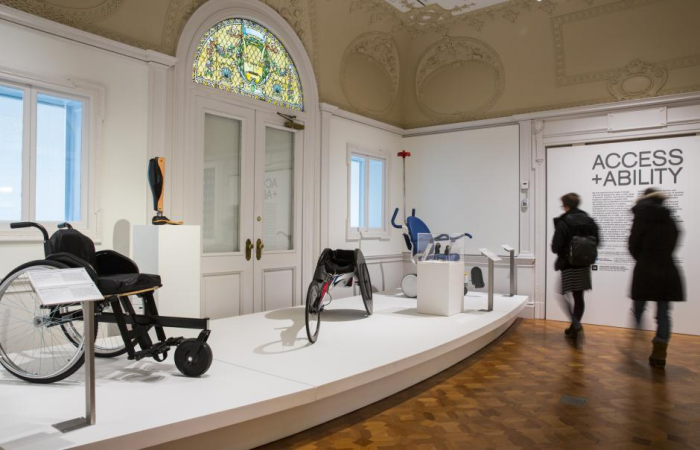
Chris J. Gauthier © Smithsonian Institution
It’s only a matter of time until all of us experience some form of physical disability. From needing corrective eye glasses to requiring a cane to move around, we all will rely on assistive technology as we age, if we don’t already.
But until recently, designers have primarily had the able-bodied user in mind when creating products. Most products for aging adults and people with disabilities have been clunky, depressingly clinical, and cobbled together with a “good enough is good enough” design standard. Read more from Anne Quito for Quartzy.
Newsweek, December 19

The Dawn spacecraft has spotted bright spots on Ceres’s surface it wants to investigate more closely. NASA/JPL-Caltech/UCLA/MPS/DLR/IDA
Ceres is a strange place and NASA has learned through its Dawn mission that the dwarf planet could be much more habitable than scientists had ever guessed. Now the space agency plans to probe Ceres even further by sending the Dawn spacecraft closer than ever to its mysterious surface.
The Dawn mission launched a decade ago and was meant to wrap up its work two and a half years ago. But the spacecraft is still working and still has fuel, and scientists are determined to get all the information they can from it, especially now that we know so much more about its target than we did at launch. Read more from Meghan Bartels for Newsweek.
Federal News Radio, December 20
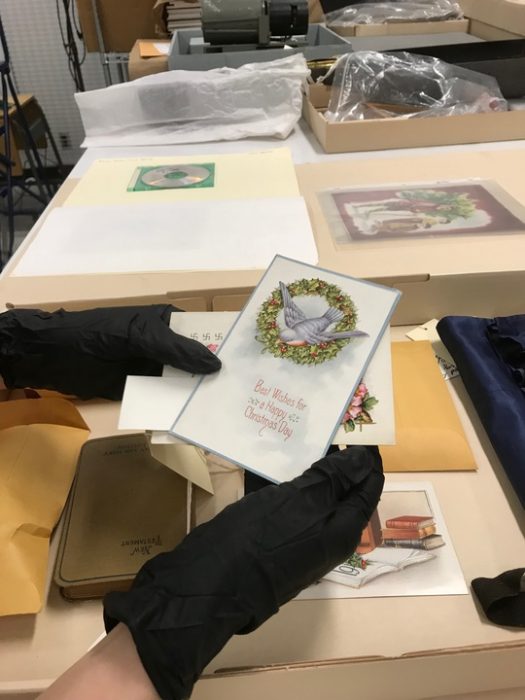
A postcard given to World War I troops in a good cheer bag for the holiday, now stored at the National Museum of American History.
In a drab, fluorescent lit, staff-only room of the National Museum of American History there is a little bit of holiday cheer where you’d least expect it.
A good cheer package from World War I, a beautifully decorated card sent from a World War II service member to a Japanese internment camp and a menu from a Korea War Christmas dinner sit in a room surrounded by military history artifacts.
Miranda Summers-Lowe, the newest modern military curator for armed forces history at the Smithsonian Institution, pulled out some of the things from the Smithsonian’s shelves that kept troops going during the holidays. Read more from Scott Maucione for Federal News Radio.
The shows that kept listeners refreshing their apps this year
The Atlantic, December 21
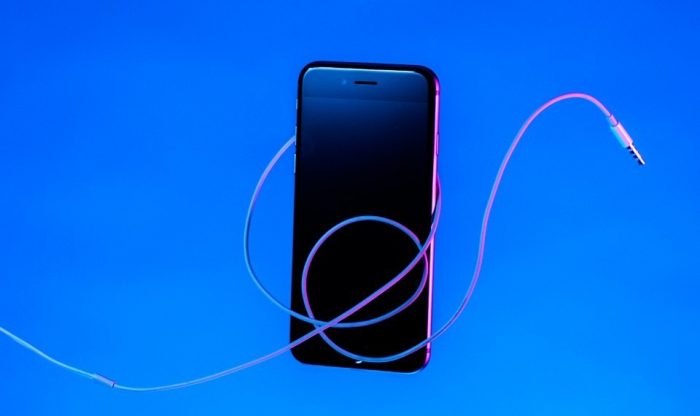
Katie Martin/Emily Jan/The Atlantic
This year, podcasts got funnier, sharper, and even more niche. Our recommendations here pass a vigorous audio smell test. First, the arrival of a new podcast episode must send you into an ethical quandary: How do I get out of at least some of my obligations today to listen to this? Second, you must be able to recommend this to a colleague with the knowledge that your reputation is at stake. A podcast that teaches you how to prepare your taxes by hand might blow your hair back, but it’s doubtful you’ll recommend it to anyone aside from your accountant. Third, we recused ourselves from ranking any podcasts produced by The Atlantic, including Radio Atlantic and The Atlantic Interview. Finally, the podcast world, like any other sphere, is about what have you done for me lately. The best shows don’t paint themselves into a corner. They evolve and progress or risk their listeners hitting “unsubscribe.” Podcasts, like cowboys, shouldn’t get fenced in. These shows generated maximum buzz, kept us refreshing our apps, broke boundaries, and made our future selves romanticize the golden years of podcasting. Read more from Laura Jane Standley and Eric McQuade for The Atlantic.


